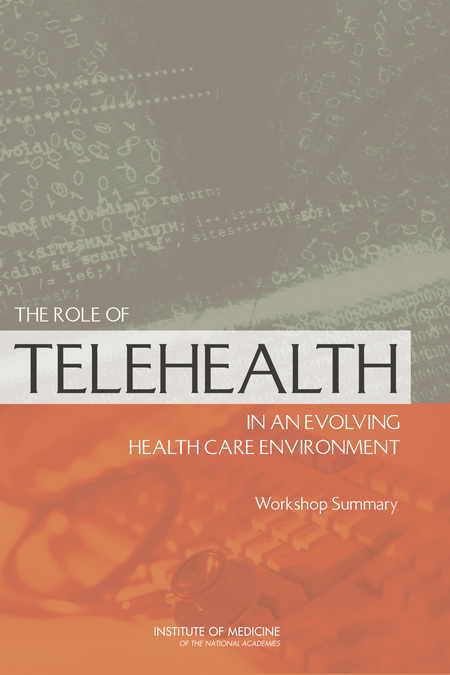The Institute of Medicine estimates that tens of thousands of Americans die needlessly every year from avoidable medical errors, including infections acquired during surgery. GE and the U.S. Department of Veterans Affairs have now teamed up to change that. They will develop an “intelligent” system using robots, computer vision and automatic identification technologies like RFID tags to fetch, sort, and sterilize surgical tools. The system could save lives, and money.
Some of the technologies behind the system have been helping to automate manufacturing lines for years. But their application in the surgery environment is new. “We believe that in combination with a new level of intelligence, they can help make operating rooms run more efficiently, lead to better patient outcomes, and save millions of dollars in healthcare costs,” says Lynn DeRose, a principal investigator and “auto-ID expert” in the Distributed Intelligent Systems Lab at GE Global Research.
A system like this is long overdue. Staff in many hospitals still inspect, wash and count tools by hand, a technique that is inefficient and potentially fraught with errors that can lead to delays and patient harm. An automated robotic system could cut surgical infections, streamline surgery scheduling, and improve efficiency. “According to experts in the field, the surgical operation and recovery setting is considered the fastest growing and most resource intensive section of the hospital, accounting for approximately 30 to 50 percent of a hospital’s budget,” DeRose says. “Simply put, the operating theater is the single largest contributor to a facility’s bottom line.”
The designers will evaluate the the two-year, $2.5 million project a VA hospital.

